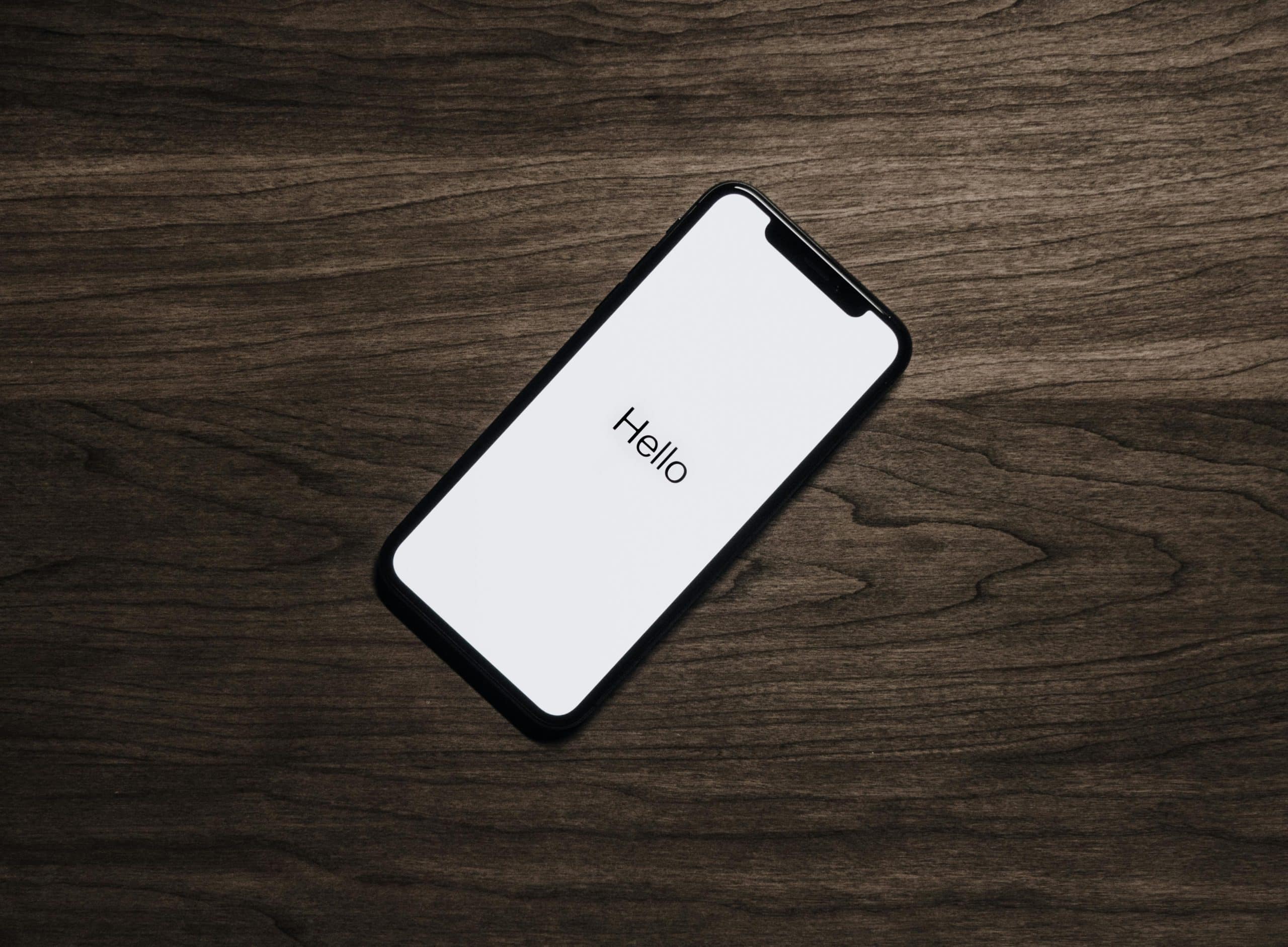How to Use Your Smartphone to Create Detailed Digital Maps for Outdoor Activities?

In today's digital age, your smartphone is an indispensable tool for outdoor activities. It serves many purposes, including the creation of detailed digital maps that can help you navigate and plan your adventures. Whether you’re hiking, biking, or exploring new territories, having a reliable map on your phone can significantly enhance your experience. This article will guide you through the steps to create detailed digital maps using various apps and features available on your smartphone.
The Importance of Digital Maps for Outdoor Activities
Before diving into the how-tos, let’s understand why digital maps are crucial for outdoor activities. Your smartphone can access a wealth of data to create maps that are much more detailed and interactive than traditional paper maps. With GPS technology, real-time updates, and the ability to explore multiple routes, digital maps offer a level of convenience and accuracy that paper maps simply cannot match.
Avez-vous vu cela : How Can You Use Your Smartphone to Monitor and Manage Aquaponics Systems?
Digital maps provide real-time location tracking, enabling you to know exactly where you are at any given time. They also offer interactive features like route planning, distance calculations, and travel mode options. In areas where mobile signal is weak, apps like Gaia GPS and Google Maps allow you to download maps for offline use, ensuring you’re never lost.
Choosing the Best Apps for Outdoor Mapping
The first step in creating a detailed digital map is choosing the right apps. There are several options available, each with unique features tailored to different needs. The most popular choices for outdoor enthusiasts include Google Maps, Gaia GPS, and Google Earth.
Cela peut vous intéresser : How to Use Your Smartphone for Efficient Real-Time Collaboration on Projects?
Google Maps
Google Maps is a versatile tool that offers extensive functionalities. You can use it for real-time navigation, explore different travel modes, and access location-based data. One standout feature is the ability to create custom maps through the "My Maps" function. This allows you to mark points of interest, draw routes, and share your maps with others.
Gaia GPS
Gaia GPS is another excellent choice, especially for those who require detailed topo maps and offline capabilities. With Gaia GPS, you can download maps for use in areas without mobile service. It also offers advanced route planning and data import/export options, which are essential for serious hikers and outdoor adventurers.
Google Earth
Google Earth provides a different perspective with its 3D interactive maps. It's particularly useful for visualizing terrain and planning routes based on elevation changes. You can create custom maps, mark locations, and even explore historical data to see how landscapes have changed over time.
Creating Your Own Maps
Once you’ve chosen your preferred app, the next step is to start creating your map. This process involves several steps, including setting your location, marking waypoints, and planning your route.
Setting Your Location
Accurate location tracking is fundamental to creating a reliable map. Ensure that your phone's GPS is turned on and that the app has permission to access your location. You can set your starting point by either entering an address or using your current location.
Marking Waypoints
Waypoints are specific locations that you want to mark on your map. These could be campsites, water sources, or scenic viewpoints. In Google Maps, you can add waypoints by clicking on the map and selecting "Add a point." In Gaia GPS, you can use the "Mark Waypoint" feature to label important locations.
Planning Your Route
Route planning involves mapping out the path you will take from one waypoint to another. Most apps offer tools to draw lines between points, calculate distances, and estimate travel time. For instance, Google Maps provides a "Draw a line" tool in the My Maps function, while Gaia GPS offers a "Create Route" feature that allows you to trace your path on the map.
Maximizing Battery Life During Your Adventures
One of the biggest challenges of using a smartphone for outdoor navigation is managing battery life. Extended use of GPS and data services can quickly drain your phone's battery, leaving you without a crucial navigational tool. Here are some tips to ensure your phone's battery lasts throughout your adventure.
Offline Maps
Downloading offline maps is one of the most effective ways to conserve battery life. By having the map stored on your device, you can access it without using mobile data. Both Google Maps and Gaia GPS offer offline map options. Simply select the area you need and download it before you head out.
Power-Saving Mode
Most smartphones come with a power-saving mode that reduces battery consumption by limiting background processes and lowering screen brightness. Enable this mode before you start your journey to extend your battery life.
External Battery Packs
Carrying an external battery pack can be a lifesaver. These portable chargers allow you to recharge your phone multiple times, ensuring you’re never left without power. Look for high-capacity packs that are lightweight and easy to carry.
Utilizing Advanced Features for Enhanced Navigation
To get the most out of your digital maps, take advantage of the advanced features offered by various apps. These functionalities can provide additional layers of information and improve your overall navigation experience.
Real-Time Updates
Real-time updates are invaluable for staying informed about current conditions. Apps like Google Maps offer real-time traffic updates, while Gaia GPS can provide live weather forecasts. These updates can help you make informed decisions about your route and avoid potential hazards.
Interactive Maps
Interactive maps allow you to engage with the map in a dynamic way. You can zoom in and out, tilt the view, and switch between different map layers. For example, Google Earth’s 3D interactive maps let you explore terrain from different angles, making it easier to understand the landscape.
Customizable Layers
Many mapping apps allow you to add customizable layers to your map. These layers can include information such as hiking trails, elevation contours, and geographic features. In Gaia GPS, you can overlay topo maps and satellite imagery to get a comprehensive view of the area.
Creating detailed digital maps for outdoor activities using your smartphone is easier and more beneficial than ever. By leveraging apps like Google Maps, Gaia GPS, and Google Earth, you can plan your routes, mark important waypoints, and navigate with confidence. The interactive and real-time features of these apps offer unparalleled convenience and accuracy, ensuring that your adventures are both safe and enjoyable.
Digital maps on your smartphone provide a modern solution for outdoor navigation. They combine the power of GPS technology, interactive features, and real-time updates to create a tool that is far superior to traditional maps. With the right apps and a bit of preparation, your smartphone can become your best companion for any outdoor activity. Embrace these tools to enhance your explorations and make the most of your adventures.
